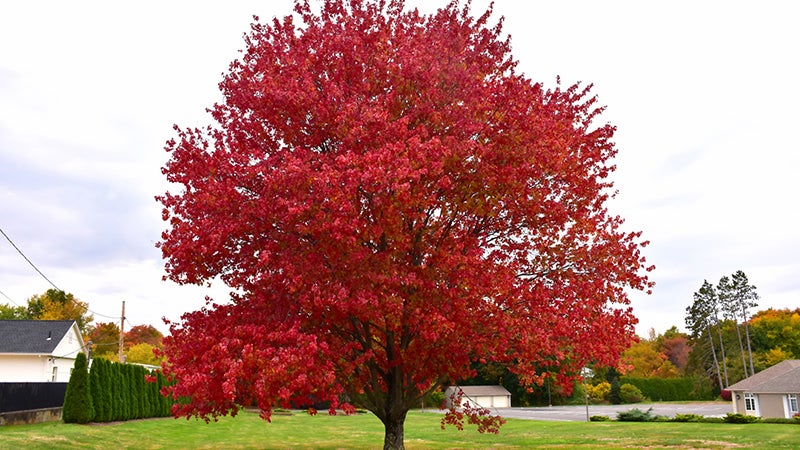Brock: Planting & caring for trees
Published 12:04 am Saturday, November 6, 2021
|
Getting your Trinity Audio player ready...
|
I was staring at the post-Ida landscape recently and noticed something I’m sure a lot of you have, too. The skyline looks totally different. The trees by the track are gone, giving me a clear view of the neighborhood there. And the live oak that used to provide me covered parking is nothing but a huge stump.
Not that I’m likely to see another 80-year-old oak there, but I can start. It’s said that the best time to plant a tree is 20 years ago; but the second-best time is now. Fall and winter are good seasons for planting trees. And any time is good to improve how we care for existing trees in the landscape.
Step one in planting a tree should be a soil test. The LSU AgCenter provides boxed soil test kits that (for a fee) can be mailed to our Soil Testing Lab on campus for chemical analysis. Knowing the soil chemistry helps you pick a tree that’s right for your yard.
When picking trees, consider natives. They tend to be low-maintenance options adapted to our climate. Consider the site as well – sun vs. shade, what it may drop on your driveway, and especially how close it is to your house or other structures.
A new tree will probably come home from the nursery in a one-to-five- gallon plastic pot. Dig a hole about twice as wide as the pot and one and a half times as deep. You only want the tree planted as deep as its current soil line, so make a little mound in the middle of the hole so it sits at the right height.
Fill the hole with soil about half way, then give it a good watering. Finish replacing the soil, then water it again. Even in cool weather and with abundant soil moisture, you’ll need to fill any air pockets so the roots won’t dry.
That’s the basics of planting but a LOT of people mess up on the follow-through. By far the most common cause of young trees declining or dying is the owner’s failure to keep grass and weeds away from it. You wouldn’t plant a tomato in a hole in the lawn and expect it to out-compete grass, right? Kill or remove (not just mow short) the grass and weeds well away from the tree.
The roots will go out to the dripline and beyond, with the majority of “feeder roots” within a couple of feet of the dripline. Keep this area in bare ground or mulch for the life of the tree for best results. If you’re not comfortable with that big a bare area, clear as far out as you can. Because…the second-most common detriment to trees is lawn mowing. If there’s grass growing up to the trunk, you will bump it with a mower or nick it with a string trimmer. It may not seem like much at the time, but those little bruises and cuts add up. They will destroy the cambium layer and girdle the tree, cutting off its water, nutrients, etc.
Keep the tree well-watered (deeply, weekly), especially its first year. Fertilize according to soil test results. Don’t prune to co-dominant main trunks and don’t leave stubs when pruning. There are lots of other dos and don’ts to fill more space than I have. But following the basic rules we’ve laid out here will most likely bring you success with trees and keep them healthy parts of the landscape for many years.
If you want to know more about gardening, landscaping, or anything else horticultural, contact the St. John & St. James Parishes County Agent André Brock at abrock@agcenter.lsu.edu. Also, the LSU Ag Center’s website can be accessed at www.lsuagcenter.com with lots of user-friendly information, including this article.





